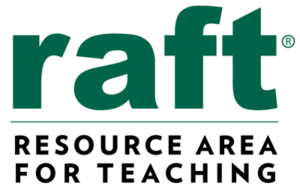Mathematical Practices: 1. Make sense of problems and persevere in solving them. 2. Reason abstractly and quantitatively. 3. Construct viable arguments and critique the reasoning of others. 4. Model with mathematics. 5. Use appropriate tools strategically. 6. Attend to precision. 7. Look for and make use of structure. 8. Look for and express regularity in repeated reasoning. ||Common Core Mathematics||Kindergarten||Mathematical Practices|||K.G.1. Describe objects in the environment using names of shapes, and describe the relative positions of these objects using terms such as above, below, beside, in front of, behind, and next to.||Common Core Mathematics||Kindergarten||Geometry||Identify And Describe Shapes (Squares, Circles, Triangles, Rectangles, Hexagons, Cubes, Cones, Cylinders, And Spheres)|||K.G.2. Correctly name shapes regardless of their orientations or overall size.||Common Core Mathematics||Kindergarten||Geometry||Identify And Describe Shapes (Squares, Circles, Triangles, Rectangles, Hexagons, Cubes, Cones, Cylinders, And Spheres)|||K.G.3. Identify shapes as two-dimensional (lying in a plane, “”flat””) or three- dimensional (“”solid””).||Common Core Mathematics||Kindergarten||Geometry||Identify And Describe Shapes (Squares, Circles, Triangles, Rectangles, Hexagons, Cubes, Cones, Cylinders, And Spheres)|||K.G.4. Analyze and compare two- and three-dimensional shapes, in different sizes and orientations, using informal language to describe their similarities, differences, parts (e.g., number of sides and vertices/””corners””) and other attributes (e.g., having sides of equal length).||Common Core Mathematics||Kindergarten||Geometry||Analyze, Compare, Create, And Compose Shapes|||K.MD.1. Describe measurable attributes of objects, such as length or weight. Describe several measurable attributes of a single object.||Common Core Mathematics||Kindergarten||Measurement And Data||Describe And Compare Measurable Attributes|||K.MD.2. Directly compare two objects with a measurable attribute in common, to see which object has “”more of””/””less of”” the attribute, and describe the difference. For example, directly compare the heights of two children and describe one child as taller/shorter.||Common Core Mathematics||Kindergarten||Measurement And Data||Describe And Compare Measurable Attributes|||K.MD.3. Classify objects into given categories; count the numbers of objects in each category and sort the categories by count.3||Common Core Mathematics||Kindergarten||Measurement And Data||Classify Objects And Count The Number Of Objects In Each Category
